
Valbona Valley National Park: Albania's Hidden Gem
Discover the untouched beauty and rich culture of Valbona Valley National Park, a pristine haven in the heart of the Albanian Alps.
Nestled in the heart of the Albanian Alps, Valbona Valley National Park is a pristine paradise waiting to be explored. The park is a haven for nature lovers, offering breathtaking landscapes, crystal-clear rivers, and towering peaks. The lush greenery and diverse wildlife make it a perfect spot for hiking, bird watching, and photography. The park covers an area of 8,000 hectares and is home to various species of flora and fauna. As you wander through its trails, you might spot rare animals like the Balkan lynx or the golden eagle. The local flora is equally impressive, with many endemic species that add to the park's unique charm. Valbona Valley is not just about natural beauty; it also offers a glimpse into the local culture. The small villages scattered throughout the park are rich in tradition and history. You can interact with the friendly locals, taste traditional Albanian cuisine, and even stay in guesthouses that offer a cozy, authentic experience.
Local tips in Valbona Valley National Park
- Visit in late spring or early autumn to avoid the summer crowds and enjoy milder weather.
- Bring sturdy hiking boots as the trails can be rugged and steep in some areas.
- Consider staying in a local guesthouse to experience authentic Albanian hospitality.
- Carry cash, as card payments are not widely accepted in the remote areas.
- Don't miss the chance to try local dishes like 'Fërgesë' and 'Tavë Kosi' at village eateries.
Valbona Valley National Park: Albania's Hidden Gem
Nestled in the heart of the Albanian Alps, Valbona Valley National Park is a pristine paradise waiting to be explored. The park is a haven for nature lovers, offering breathtaking landscapes, crystal-clear rivers, and towering peaks. The lush greenery and diverse wildlife make it a perfect spot for hiking, bird watching, and photography. The park covers an area of 8,000 hectares and is home to various species of flora and fauna. As you wander through its trails, you might spot rare animals like the Balkan lynx or the golden eagle. The local flora is equally impressive, with many endemic species that add to the park's unique charm. Valbona Valley is not just about natural beauty; it also offers a glimpse into the local culture. The small villages scattered throughout the park are rich in tradition and history. You can interact with the friendly locals, taste traditional Albanian cuisine, and even stay in guesthouses that offer a cozy, authentic experience.
When is the best time to go to Valbona Valley National Park?
Iconic landmarks you can’t miss
Butrint National Archaeological Park
Discover the ancient wonders of Butrint National Archaeological Park, a UNESCO World Heritage site that beautifully blends history and nature in Albania.
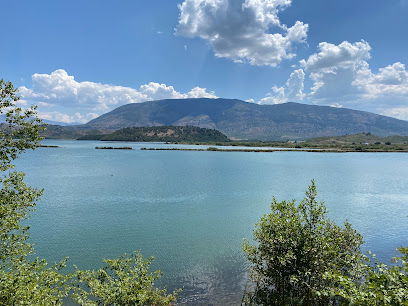
Skanderbeg Square
Discover the vibrant Skanderbeg Square in Tirana, where history meets modern culture in the heart of Albania's capital city.
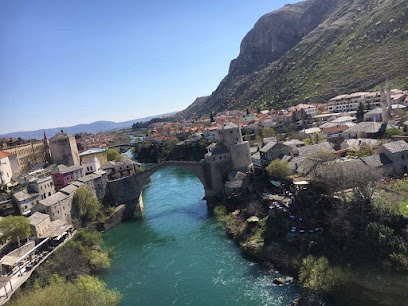
Castle of Gjirokastra
Discover the captivating history and stunning views at the Castle of Gjirokastra, a UNESCO World Heritage site in Albania.
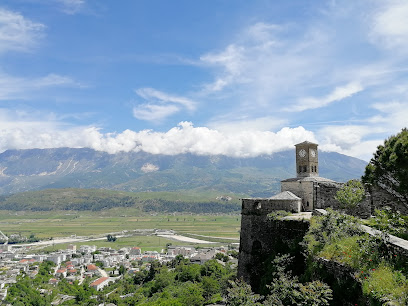
Castle of Kruja
Discover the rich history and stunning views at the Castle of Kruja, a top attraction in Albania's captivating landscape.
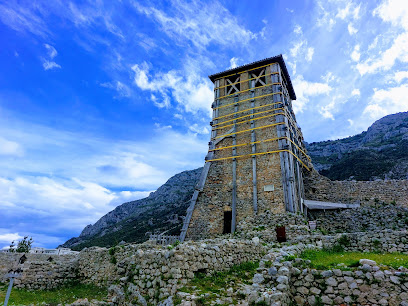
Berat Castle
Discover the historic Berat Castle in Albania, a UNESCO World Heritage site that offers stunning views, rich history, and captivating architecture.
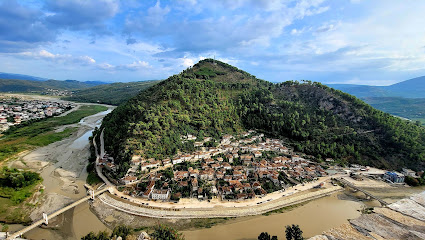
Llogara National Park
Explore the breathtaking landscapes and rich biodiversity of Llogara National Park, a must-visit destination on Albania's stunning coastline.
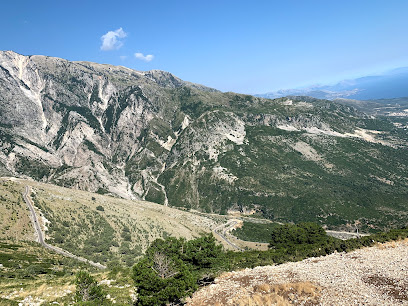
Apollonia Archaeological Park
Explore the ancient ruins and rich history of Apollonia Archaeological Park, a fascinating destination in Albania for history and archaeology enthusiasts.
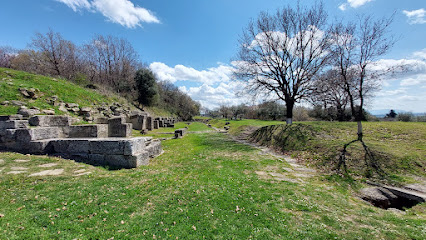
Theth National Park
Discover the unspoiled beauty of Theth National Park, a paradise for nature lovers and adventurers in the Albanian Alps, rich in culture and scenic landscapes.
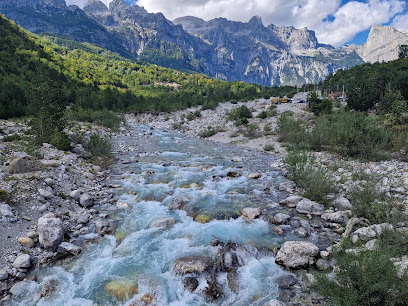
Gjipe Beach
Discover the hidden gem of Gjipe Beach in Albania, where stunning cliffs meet azure waters for a perfect escape into nature.
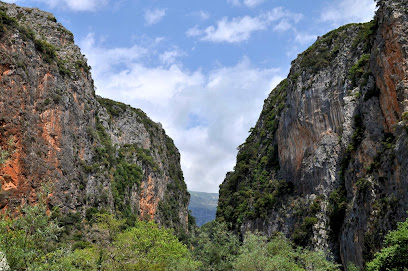
Blue Eye Kaprre
Explore the breathtaking Blue Eye Kaprre in Albania, a stunning wildlife refuge with vibrant blue waters, lush landscapes, and diverse wildlife waiting to be discovered.

Buna River - Velipoja
Discover the enchanting Buna River in Velipoja, a nature lover's paradise with crystal-clear waters and rich biodiversity.
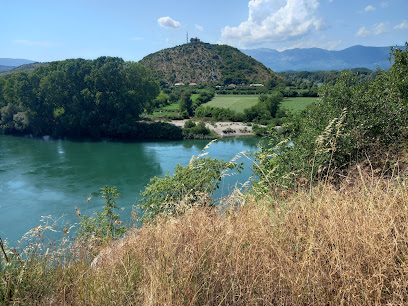
Waterfall Theth
Discover the breathtaking Waterfall Theth, a hidden gem in Albania's majestic nature preserve, perfect for adventurers and nature lovers alike.
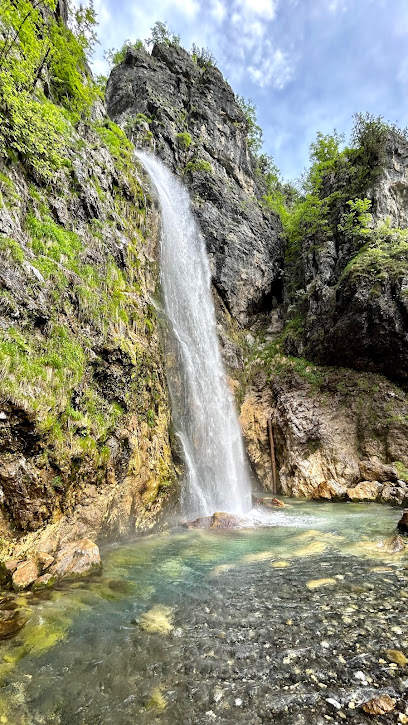
Thrown Sand
Discover the enchanting beauty of Thrown Sand, a pristine beach in Albania known for its clear waters, soft sands, and vibrant local culture.
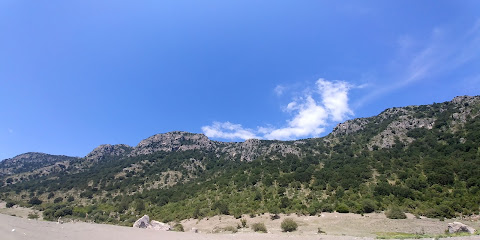
Tomorri Mountain National Park
Discover the breathtaking beauty of Tomorri Mountain National Park, a hidden gem in Albania offering stunning landscapes and rich biodiversity.
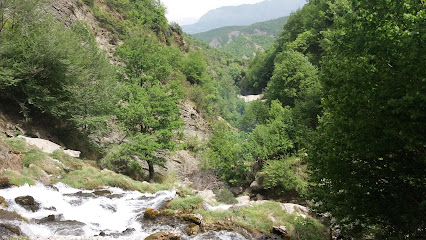
Kaskada e Grunasit
Explore Kaskada e Grunasit, a breathtaking waterfall in Albania's nature preserve, perfect for hiking and immersing in stunning landscapes.
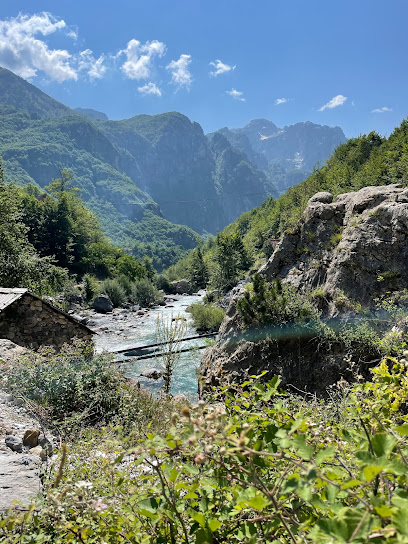
Unmissable attractions to see
Reconciliation Tower
Explore the rich history and cultural significance of Albania at the Reconciliation Tower, a museum dedicated to peace and unity.
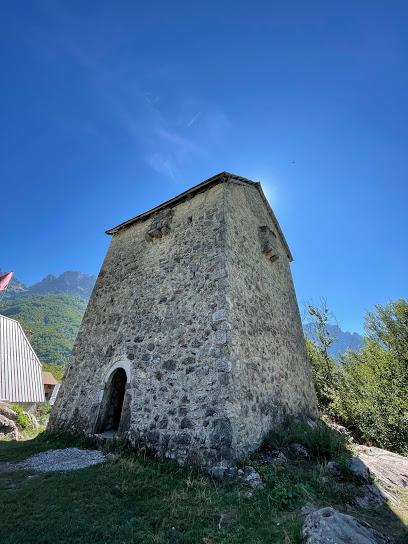
Valbona Bridge
Experience the breathtaking beauty of Valbona Bridge, a stunning gateway to the pristine landscapes of the Albanian Alps, perfect for nature lovers and adventurers.
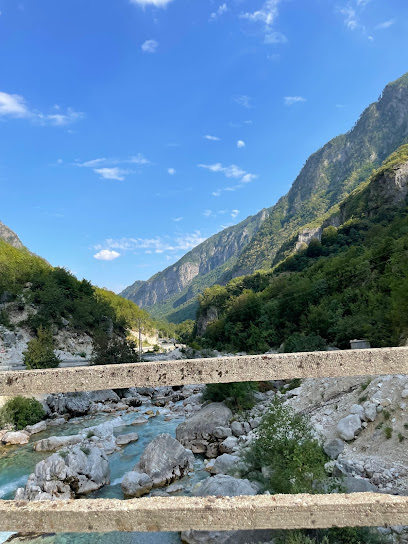
Qender Theth
Explore the breathtaking landscapes and rich culture of Qender Theth, a hidden gem in the Albanian Alps, perfect for nature lovers and adventurers alike.
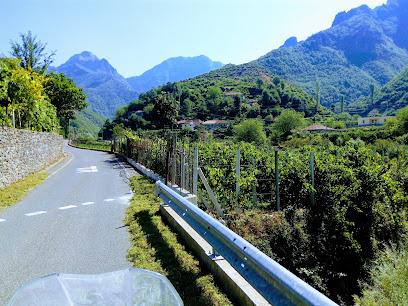
Panoramic view on the valley Valbone
Explore the breathtaking panoramas of Valbona Valley, a hiking paradise in the heart of the Albanian Alps, rich in culture and natural beauty.

Essential places to dine
Mrizi i Zanave - Restorant Agroturizëm
Experience authentic Albanian cuisine at Mrizi i Zanave - a culinary gem nestled in nature's embrace.
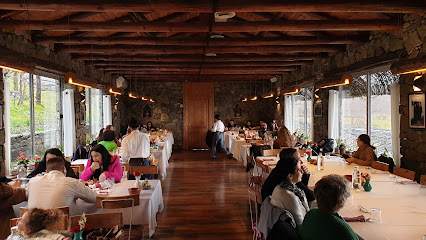
Valbona Valley National Park
Explore Valbona Valley National Park: A stunning Albanian paradise with majestic mountains and diverse wildlife awaits your discovery.
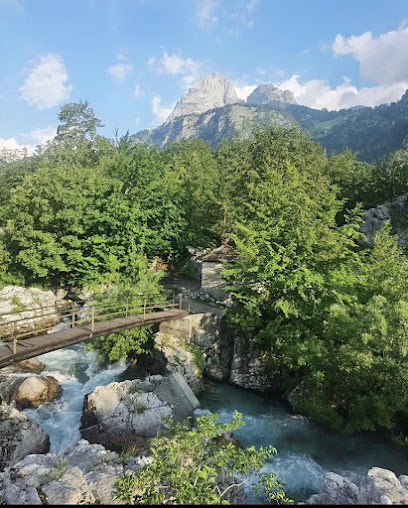
Thethi Paradise Restaurant & Hotel
Experience unmatched hospitality and authentic Albanian cuisine at Thethi Paradise Restaurant & Hotel amidst stunning alpine scenery.

Villa GJECAJ Guesthouse and Restaurant
Experience authentic Albanian cuisine at Villa GJECAJ Guesthouse and Restaurant in Theth, surrounded by stunning mountain vistas.

Ledi's Place
Discover authentic Albanian cuisine at Ledi's Place in Shkoder, where fresh ingredients meet warm hospitality in a charming setting.
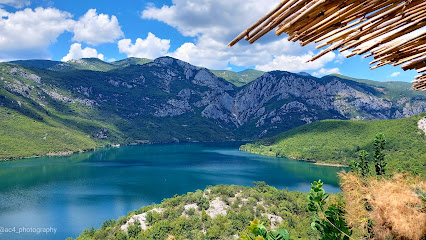
Hotel Margjeka
Discover tranquility at Hotel Margjeka in Albania, where stunning views of Valbona Valley meet warm hospitality and comfort.

Guesthouse Kol Gjoni
Experience the tranquility of Northern Albania at Guesthouse Kol Gjoni - your perfect retreat amidst stunning landscapes.

Hotel Fusha e Gjesë Rragam
Experience serene comfort at Hotel Fusha e Gjesë Rragam in Valbonë, Albania – your gateway to adventure in the stunning Albanian Alps.
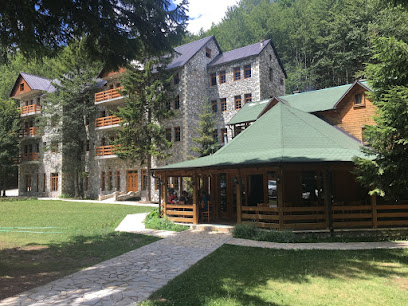
Bar Restaurant Jezerca
Discover traditional Albanian cuisine amidst breathtaking alpine views at Bar Restaurant Jezerca in Theth.
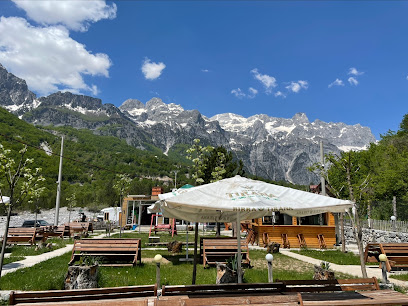
Simoni Kafe
Discover Simoni Kafe in Rragam – where family-friendly vibes meet authentic Albanian flavors in a cozy setting.
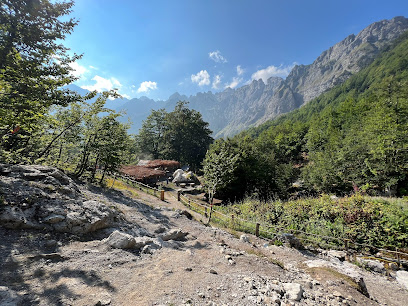
Restaurant Tradita
Discover authentic Albanian flavors at Restaurant Tradita in Valbonë - where tradition meets taste amidst breathtaking landscapes.
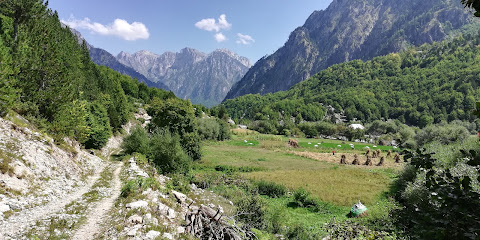
Villa Dini
Discover tranquility at Villa Dini in Valbona Valley - your perfect guest house retreat amidst Albania's stunning landscapes.

Hotel Rilindja
Discover comfort and charm at Hotel Rilindja in Albania - your perfect getaway surrounded by breathtaking scenery.

Guest House - Restaurant - Hotel NATYRA
Experience authentic Albanian hospitality at Guest House - Restaurant - Hotel Natyra amidst breathtaking mountain views in Valbone.
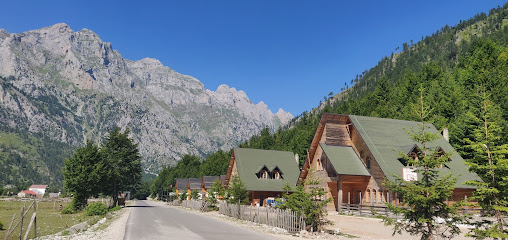
Hotel & Restaurant Breezy
Discover comfort and culinary delights at Hotel & Restaurant Breezy in Valbonë – where stunning nature meets authentic Albanian hospitality.

Markets, malls and hidden boutiques
Mulliri i Vjetër i Valbonës
Explore the enchanting Mulliri i Vjetër i Valbonës, a historical mill surrounded by breathtaking landscapes in the heart of Albania's Valbona Valley.
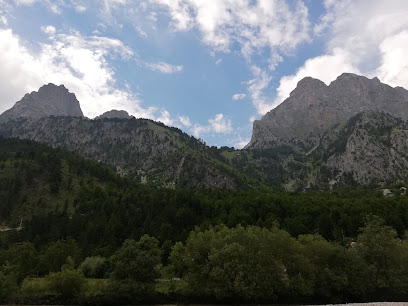
Valbona - Theth Hiking Trail
Experience the breathtaking beauty of the Valbona - Theth Hiking Trail, a treasure of the Albanian Alps for nature lovers and adventure seekers.
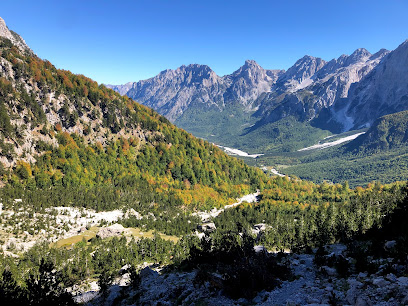
Hotel Valbona- Tourism Development and Info Center
Experience the serene beauty of Valbonë at Hotel Valbona, your gateway to adventure and local insights in Albania's stunning landscapes.
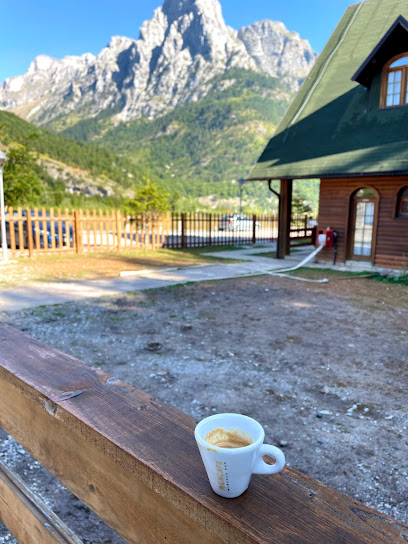
Centerpark Valbona
Experience the breathtaking beauty and welcoming atmosphere of Centerpark Valbona in the heart of Albania's Valbona Valley.
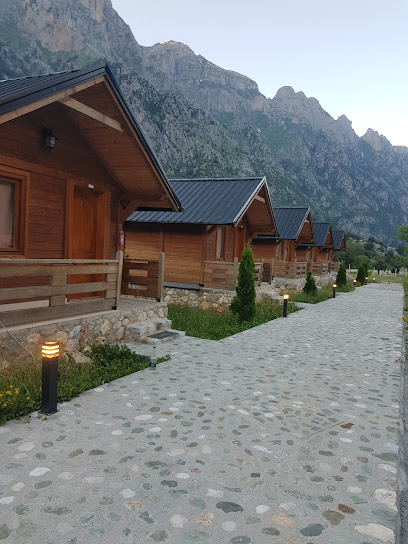
Souvenir Albania
Explore unique local crafts at Souvenir Albania, a must-visit destination in Tirana for authentic Albanian memorabilia.
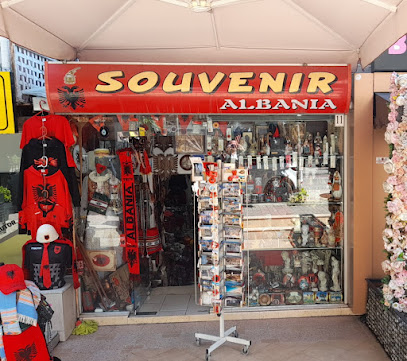
Valbona
Explore Valbona's vibrant supermarket, where local flavors and essentials meet the charm of Albanian hospitality.
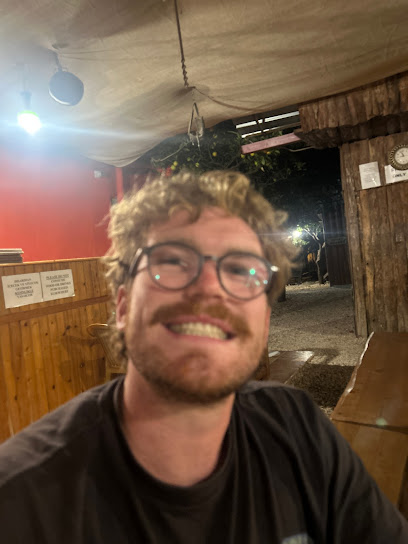
Journey to Valbona
Discover the heart of Valbona at Journey to Valbona, your ultimate travel clinic and cultural hub for adventure seekers in Albania.

Qemajl Hoxhaj
Discover the local treasures of Qemajl Hoxhaj in Hoxhaj, Albania, where culture and tradition come alive through unique products and friendly faces.

Valbona valley
Explore the breathtaking landscapes and rich culture of Valbona Valley, a hidden gem in the Albanian Alps perfect for outdoor enthusiasts and nature lovers.

Gazmend's super market
Explore local flavors and immerse yourself in the authentic culture at Gazmend's Super Market in Lëpushë, Albania.
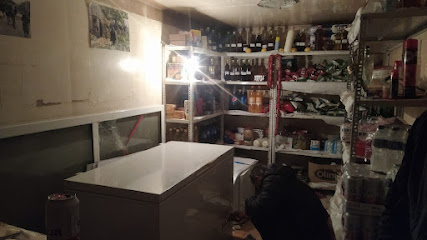
Valbona Bridge
Discover the enchanting Valbona Bridge, a stunning tourist attraction in the heart of Albania's breathtaking landscapes and rich cultural heritage.
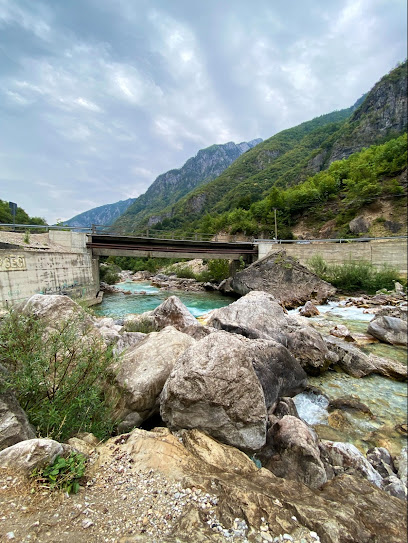
Demiri Market
Explore the authentic flavors of Albania at Demiri Market, where local produce and artisanal products await your discovery.
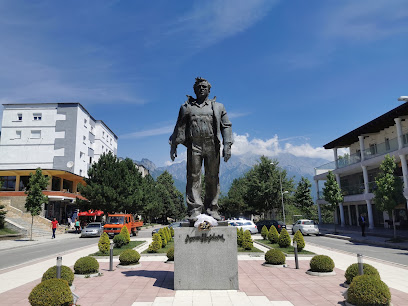
Gift Shop Souvenir Albania
Explore the charm of Albania at Gift Shop Souvenir Albania, your go-to destination for authentic souvenirs, fashion accessories, and unique gifts in Shkodër.
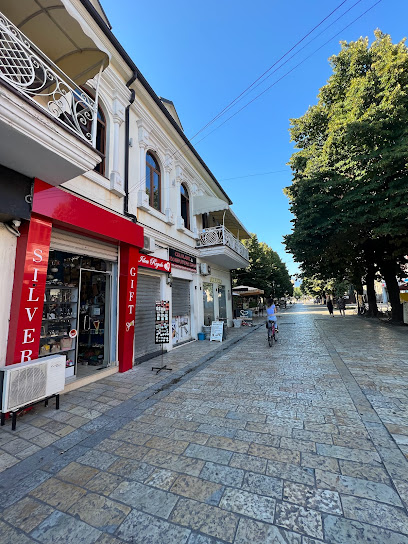
Shop Tropoje
Discover authentic Albanian products at Shop Tropoje in Bajram Curri, where local flavors and warm hospitality await every visitor.
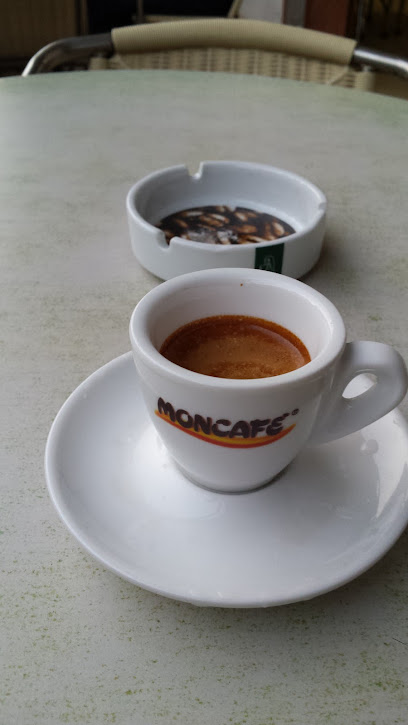
Kolgeci Center
Explore the vibrant Kolgeci Center in Bajram Curri, Albania, where shopping meets local culture in a delightful setting.

Essential bars & hidden hideouts
Radio bar Tirana
Experience the lively atmosphere and unique cocktails at Radio Bar Tirana, a must-visit cocktail bar in the heart of Albania's vibrant capital.
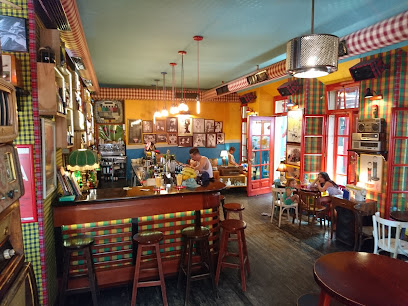
Hotel Margjeka
Discover tranquility and local charm at Hotel Margjeka in Llomi, Albania, your perfect getaway for relaxation and adventure.

Restaurant Tradita
Experience the authentic flavors of Albania at Restaurant Tradita in Valbonë, where traditional dishes meet warm hospitality.
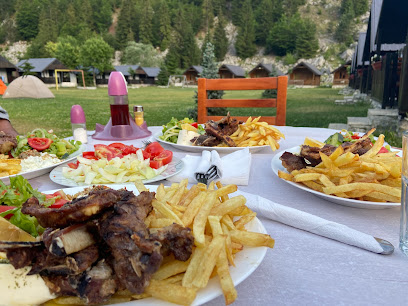
Simoni Kafe
Discover Simoni Kafe, a family-friendly restaurant in Rragam offering delicious meals at affordable prices in a warm and welcoming atmosphere.

Bujtina Izet Selimaj (Restaurant)
Experience authentic Albanian cuisine and breathtaking views at Bujtina Izet Selimaj in Valbonë, a perfect stop for every traveler.
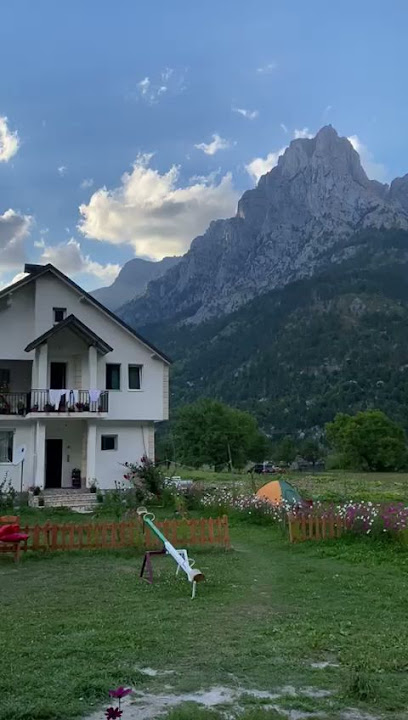
Relax Valbona Hotel Restaurant
Discover the authentic flavors of Albania at Relax Valbona Hotel Restaurant, where exquisite cuisine meets breathtaking views in Kikaj Maskollata.
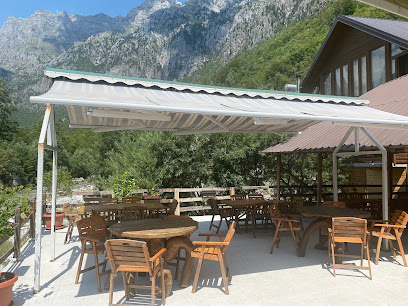
Valbona - Theth Hiking Trail
Explore the breathtaking Valbona - Theth Hiking Trail in Albania, where nature's beauty and adventure await every hiker.
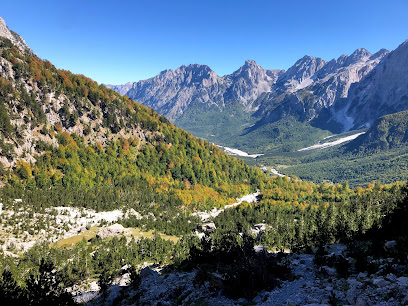
Bar&Restaurant Emanueli
Discover the flavors of Albania at Bar&Restaurant Emanueli, a culinary treasure in Rragam offering local dishes in a cozy setting.
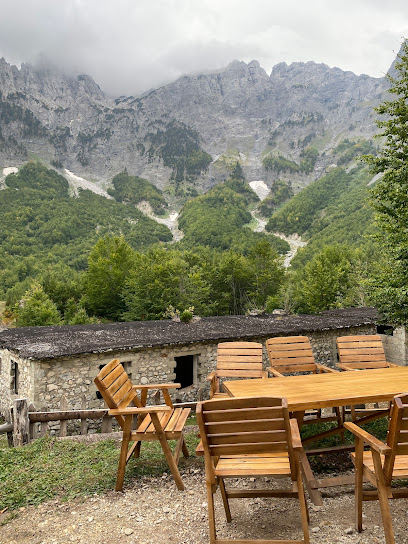
2A Cafe
Experience the cozy atmosphere and exceptional drinks at 2A Cafe in Bajram Curri, a must-visit spot for tourists exploring Albania.
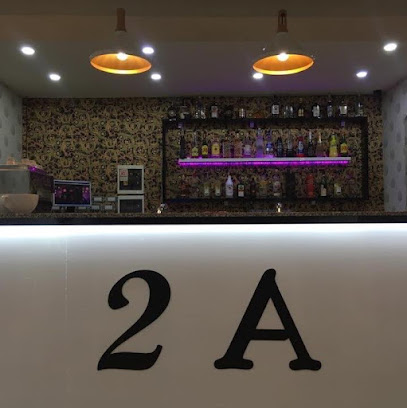
Green Bar View
Experience the breathtaking views and vibrant atmosphere at Green Bar View in Jaho Salihi, Albania – a true gem for bar enthusiasts.
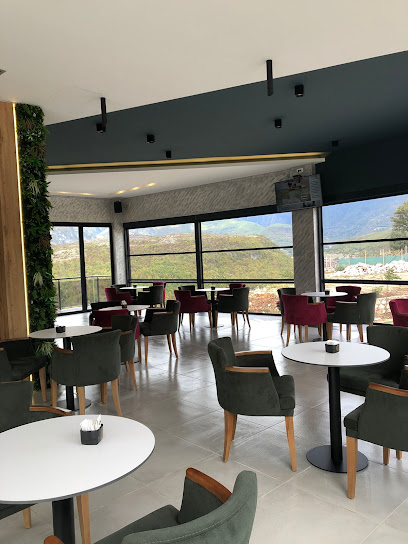
Riverside Valbone
Discover the breathtaking beauty of Riverside Valbone, where nature meets comfort in the heart of Albania's stunning landscapes.

Center Park Valbona Bujtina Restaurant & Coffee
Experience authentic Albanian flavors at Center Park Valbona Bujtina Restaurant & Coffee, a culinary oasis in the stunning Albanian Alps.
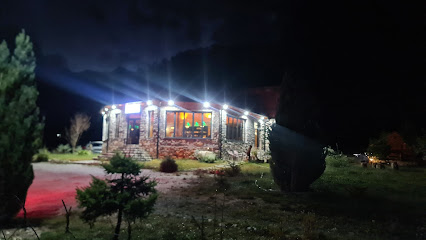
Bar Restorant Valbona Dritan Selimaj
Experience the authentic flavors of Albania at Bar Restorant Valbona Dritan Selimaj in the stunning Valbonë region, a perfect stop for travelers.

Bar Caffe Hoti
Discover the delightful Bar Caffe Hoti in Bajram Curri, offering exquisite espresso and irresistible ice cream in a cozy atmosphere.
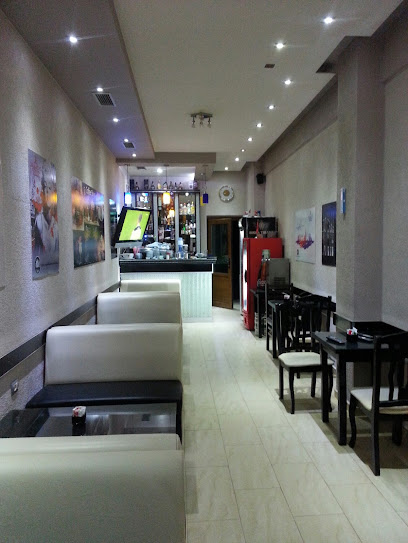
Bar Kafe Europa
Experience the lively ambiance and local flavors at Bar Kafe Europa in Bajram Curri, the perfect bar for relaxation and connection.

Local Phrases about Valbona Valley National Park
-
- HelloPërshëndetje
[puhr-shuhn-deht-yeh] - GoodbyeMirupafshim
[meer-oo-pahf-sheem] - YesPo
[poh] - NoJo
[yoh] - Please/You're welcomeJu lutem
[yoo loo-tehm] - Thank youFaleminderit
[fah-leh-meen-deh-reet] - Excuse me/SorryMë falni
[muh fahl-nee] - How are you?Si jeni?
[see yeh-nee] - Fine. And you?Mirë. Dhe ju?
[meer-uh. theh yoo] - Do you speak English?Flisni anglisht?
[flees-nee ahng-leesht] - I don't understandNuk kuptoj
[nook koop-toy]
- HelloPërshëndetje
-
- I'd like to see the menu, pleaseDo të doja të shikoja menunë, ju lutem
[doh tuh doh-yah tuh shee-koh-yah meh-noo-nuh, yoo loo-tehm] - I don't eat meatUnë nuk ha mish
[oo-neh nook hah meesh] - Cheers!Gëzuar!
[geh-zoo-ahr] - I would like to pay, pleaseDo të doja të paguaja, ju lutem
[doh tuh doh-yah tuh pah-gwah-yah, yoo loo-tehm]
- I'd like to see the menu, pleaseDo të doja të shikoja menunë, ju lutem
-
- Help!Ndihmë!
[ndee-muh] - Go away!Shko larg!
[shkoh lahr-g] - Call the Police!Thirrni policinë!
[theer-nee poh-lee-tsee-nuh] - Call a doctor!Thirrni një doktor!
[theer-nee nyuh dohk-tohr] - I'm lostJam humbur
[yahm hoom-boor] - I'm illJam i sëmurë
[yahm ee suhm-roo]
- Help!Ndihmë!
-
- I'd like to buy...Do të doja të blija...
[doh tuh doh-yah tuh bleeh-yah] - I'm just lookingPo shikoj vetëm
[poh shee-koy veh-tehm] - How much is it?Sa kushton?
[sah koosh-tohn] - That's too expensiveKjo është shumë e shtrenjtë
[kyoh eh-shtuh shoo-muh eh shtreh-nyt] - Can you lower the price?A mund të zbresni çmimin?
[ah moond tuh zbeh-rehs-nee chmee-meen]
- I'd like to buy...Do të doja të blija...
-
- What time is it?Sa është ora?
[sah eh-shtuh oh-rah] - It's one o'clockËshtë një e orës
[eh-shtuh nyuh eh oh-rehs] - Half past (10)Njëzet pas (10)
[nyuh-zeht pahs] - MorningMëngjes
[muhng-yehs] - AfternoonPasdite
[pahs-dee-teh] - EveningMbrëmje
[mm-bruhm-yeh] - YesterdayDje
[dyeh] - TodaySot
[soht] - TomorrowNesër
[neh-sahr] - 1Një
[nyuh] - 2Dy
[duh] - 3Tre
[treh] - 4Katër
[kah-tuhr] - 5Pesë
[peh-suh] - 6Gjashtë
[gyahsht] - 7Shtatë
[shtah-tuh] - 8Tetë
[teh-tuh] - 9Nëntë
[nuhnt] - 10Dhjetë
[th-yet]
- What time is it?Sa është ora?
-
- Where's a/the...?Ku është një/...?
[koo eh-shtuh nyuh] - What's the address?Cilës është adresa?
[chee-lehs eh-shtuh ah-dreh-sah] - Can you show me (on the map)?A mund të më tregoni (në hartë)?
[ah moond tuh muh troh-goh-nee] - When's the next (bus)?Kur është autobusi i ardhshëm?
[koor eh-shtuh ahw-toh-boo-see ee ahrdshehm] - A ticket (to ....)Një biletë (për ....)
[nyuh bee-leh-tuh puh]
- Where's a/the...?Ku është një/...?
History of Valbona Valley National Park
-
Valbona Valley has deep historical roots that trace back to the ancient Illyrian tribes who once inhabited the region. Artifacts and ruins found in and around the valley suggest that this area was a significant settlement for the Illyrians, who were known for their unique culture and warrior society. The valley's strategic location and abundant natural resources made it an ideal place for these early inhabitants.
-
During the medieval period, Valbona Valley was a vital part of the defense network for various Albanian principalities. The valley's rugged terrain provided a natural fortress, which was further fortified by the construction of several medieval castles and watchtowers. These fortifications played a crucial role in protecting the local population from invading forces, including the Ottoman Empire.
-
The Ottoman Empire left a lasting mark on Valbona Valley, which fell under Ottoman rule in the late 15th century. The influence of Ottoman architecture, culture, and administration can still be seen in the region today. The Ottomans introduced new agricultural practices and infrastructure, which had a profound impact on the local economy and way of life.
-
Valbona Valley played a significant role in the resistance against Ottoman rule and later during World War II. The valley was a stronghold for Albanian nationalists and partisans who fought for the country's independence. The rugged landscape provided a perfect hideout and operational base for resistance fighters, contributing to the successful liberation efforts.
-
Valbona Valley National Park was officially established in 1996 to protect its unique biodiversity and stunning landscapes. The park covers an area of approximately 80 square kilometers and is home to numerous endemic plant and animal species. The establishment of the park marked a significant step in the conservation of Albania's natural heritage, promoting sustainable tourism and environmental awareness.
-
The local communities in Valbona Valley have preserved their rich cultural heritage and traditions over the centuries. Traditional Albanian music, dance, and folklore are an integral part of the valley's cultural identity. Festivals and events celebrating these traditions are held throughout the year, offering visitors a glimpse into the vibrant local culture and history.
Valbona Valley National Park Essentials
-
Valbona Valley National Park is located in the northern part of Albania. The nearest international airport is Tirana International Airport (Nënë Tereza), approximately 180 kilometers away. From Tirana, you can take a taxi or a bus to Shkoder. From Shkoder, buses or minibuses (furgons) are available to Bajram Curri, the nearest town to the park. The journey from Tirana to Bajram Curri typically takes around 5 to 6 hours. From Bajram Curri, you can take a local taxi or a furgon to Valbona Valley National Park.
-
Within Valbona Valley National Park, the primary mode of transportation is walking or hiking due to the rugged terrain and natural trails. For longer distances, local taxis are available in Bajram Curri. Renting a car in Tirana or Shkoder and driving to the park is also an option, but be prepared for narrow and winding roads. During peak seasons, furgons operate between key points within the park, providing a convenient way to get around.
-
The official currency in Albania is the Albanian Lek (ALL). While some hotels and restaurants in larger towns may accept credit cards, it is advisable to carry cash, especially when traveling in rural areas like Valbona Valley. ATMs are available in Bajram Curri, but it is wise to withdraw sufficient cash before heading into the park to ensure you have enough funds.
-
Valbona Valley National Park is generally a safe destination for tourists. However, it is always advisable to take standard precautions. Avoid hiking alone, especially in remote areas, and always inform someone of your plans. Keep an eye on your belongings in crowded places and avoid leaving valuables unattended. The park does not have specific high-crime areas targeting tourists, but staying vigilant and aware of your surroundings is always a good practice.
-
In case of emergency, dial 129 for police assistance or 127 for medical emergencies. The nearest medical facilities are available in Bajram Curri. It is recommended to have travel insurance that covers medical emergencies. For minor health issues, there are pharmacies in Bajram Curri where you can purchase over-the-counter medications. Make sure to carry a basic first-aid kit while hiking.
-
Fashion: Do wear comfortable hiking gear and appropriate footwear. Avoid wearing revealing clothing, especially in villages. Religion: Do respect local customs and traditions. When visiting religious sites, dress modestly and cover your head if required. Public Transport: Do be respectful to drivers and fellow passengers. Don't eat or drink on public transport. Greetings: Do greet locals with a simple 'Tungjatjeta' (Hello). A friendly nod or handshake is also appreciated. Eating & Drinking: Do try local delicacies and accept food offerings graciously. Don't refuse hospitality, as it may be considered impolite.
-
To experience Valbona Valley National Park like a local, visit the traditional guesthouses and interact with the hosts to learn about their way of life. Participate in local festivals and events if your visit coincides with one. Take time to explore off-the-beaten-path trails for stunning views and unique experiences. Don't miss trying the local cuisine, especially dishes like 'Fergese' and 'Tavë Kosi'. Engage with local guides for an enriching and educational experience about the park's flora, fauna, and history.
Trending Landmarks in Valbona Valley National Park
-
Butrint National Archaeological Park
-
Skanderbeg Square
-
Castle of Gjirokastra
-
Castle of Kruja
-
Berat Castle
-
Llogara National Park
-
Apollonia Archaeological Park
-
Theth National Park
-
Gjipe Beach
-
Blue Eye Kaprre
-
Buna River - Velipoja
-
Waterfall Theth
-
Thrown Sand
-
Tomorri Mountain National Park
-
Kaskada e Grunasit
Nearby Cities to Valbona Valley National Park
-
Things To Do in Peja
-
Things To Do in Gjakova
-
Things To Do in Podgorica
-
Things To Do in Prizren
-
Things To Do in Lezhë
-
Things To Do in Bar
-
Things To Do in Ulcinj
-
Things To Do in Cetinje
-
Things To Do in Nikšić
-
Things To Do in Budva
-
Things To Do in Shtime
-
Things To Do in Mitrovica
-
Things To Do in Kotor
-
Things To Do in Vushtrri
-
Things To Do in Perast











